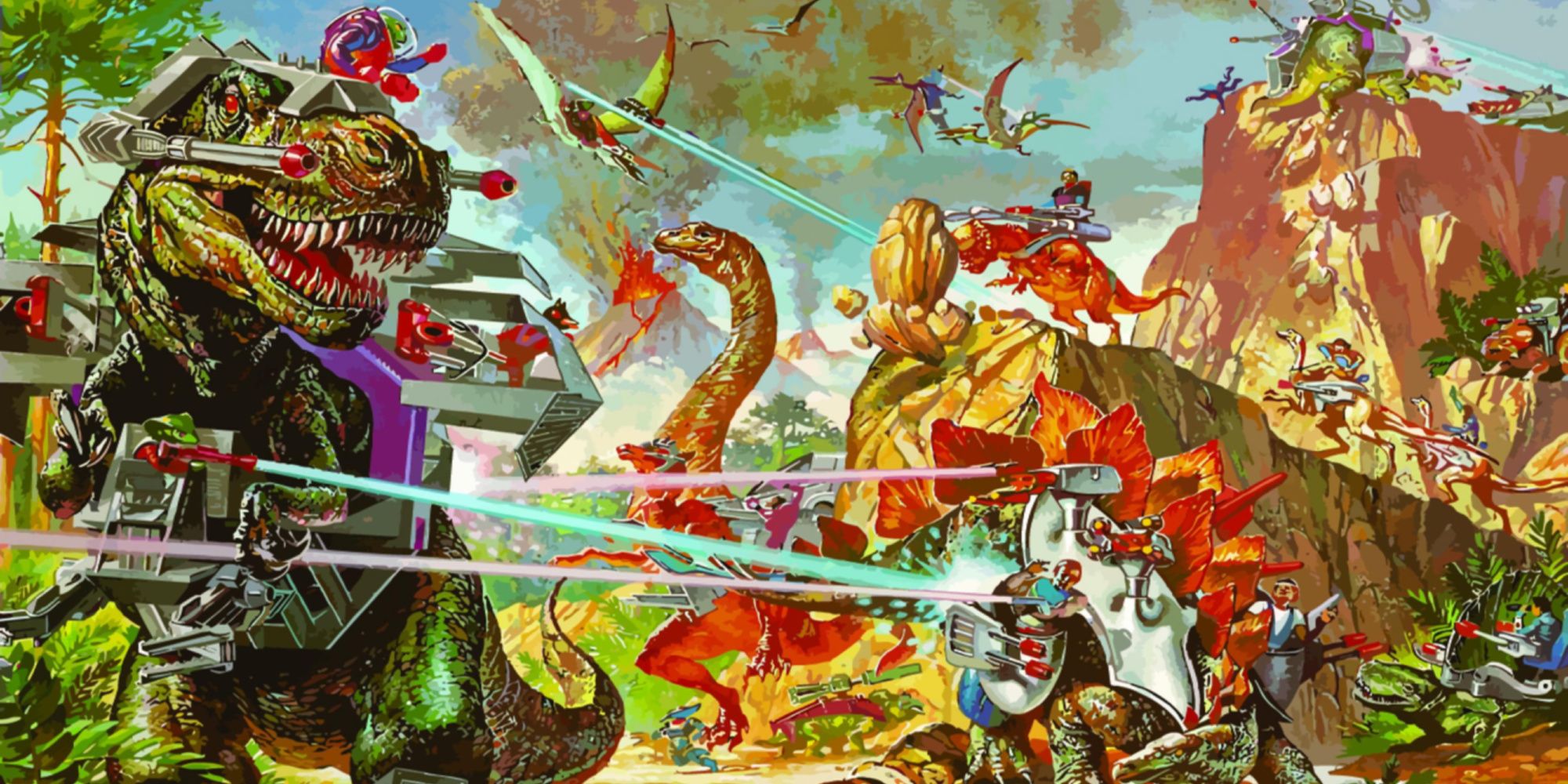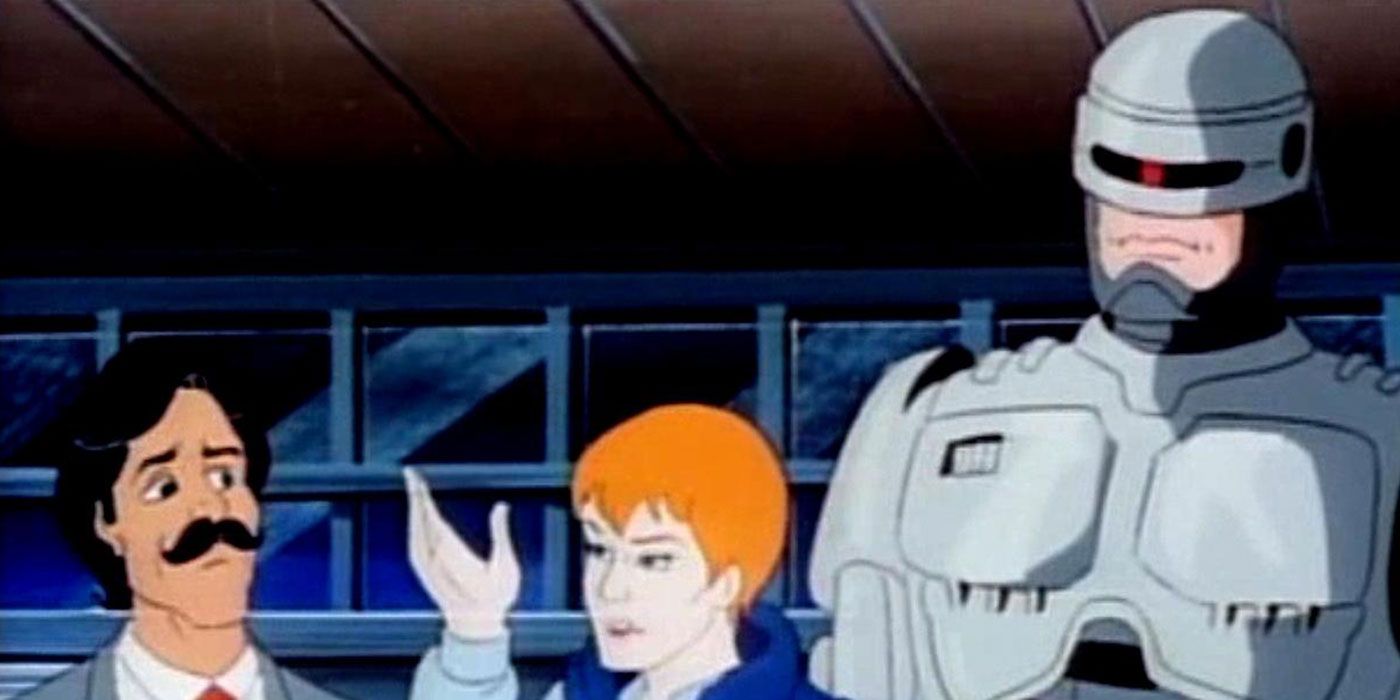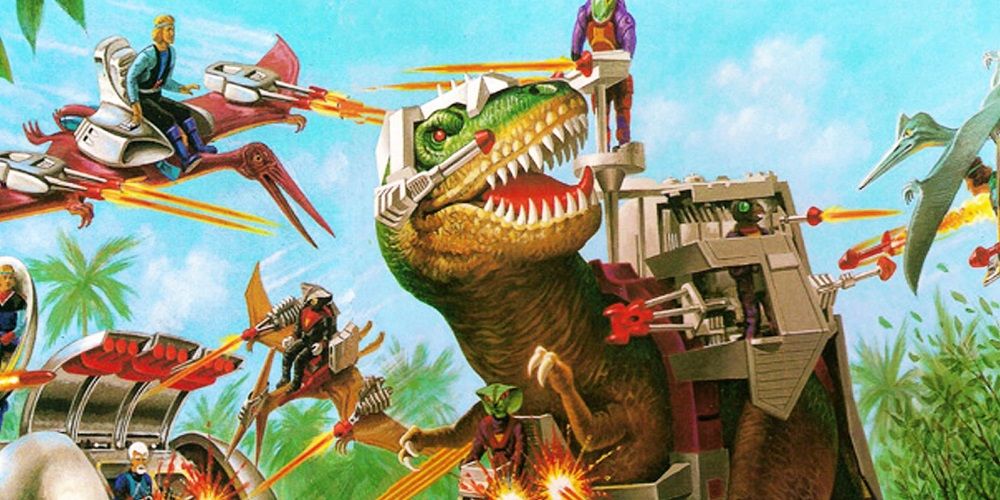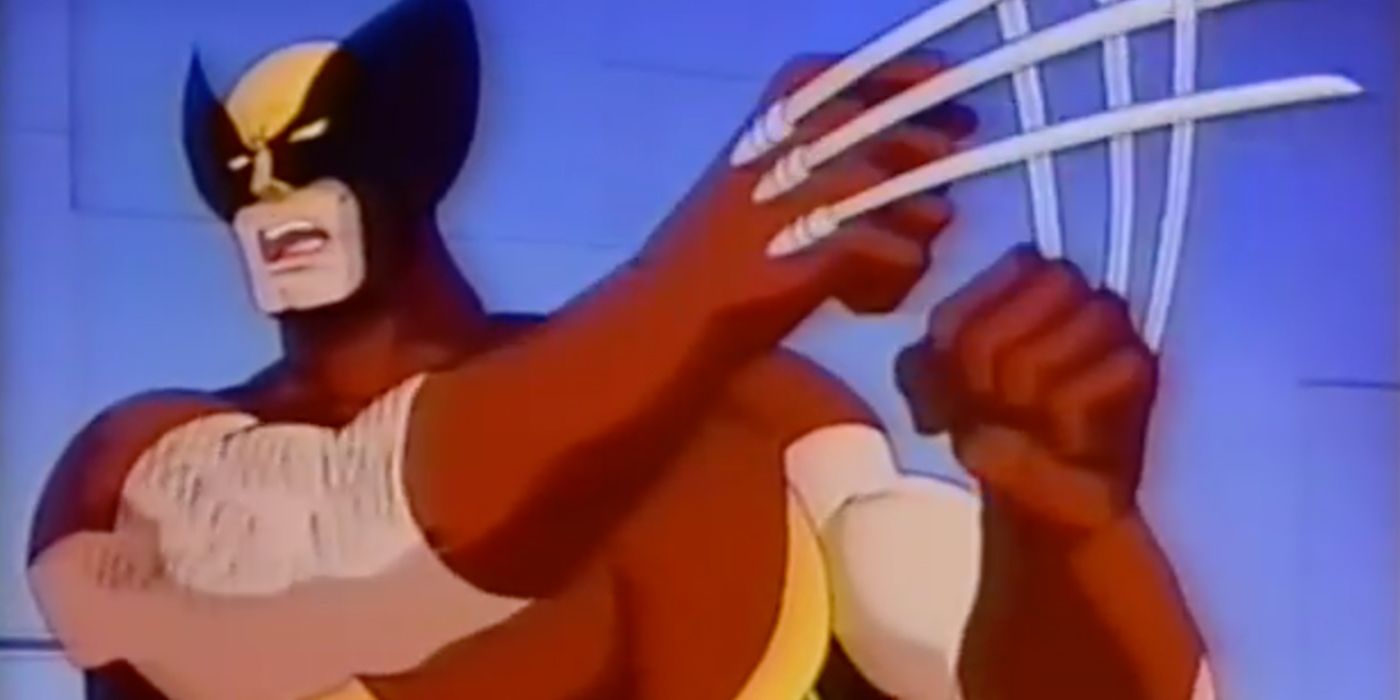The Marvel Action Universe was just a weekly rebroadcast of cancelled shows, but it might be one of the most important animation blocks when it comes to modern pop culture. The block, which ran from 1988 until 1991, gave defunct cartoons like Defenders of the Earth and Dungeons & Dragons a second wind and a chance to pickup new viewers. If the name of the block wasn't already an indication, Marvel shows got the lion's share of onscreen real estate. The Incredible Hulk, Spider-Man and His Friends, Spider-Woman and The New Fantastic Four all got the chance to infiltrate the collective consciousness of an audience that was too young to have caught the series when they first aired. Nowadays, many adults can likely trace their fandom allegiances back to the MAU, whether they know it or not.
After all, nostalgia is a powerful instinct in the realm of pop culture. It can tap into the core of a person’s fandom and remind them of how they felt when they first consumed a piece of fiction. Trivial moments from one's youth often define us in ways that can have lasting effects on our emotional maturity and wordviews. Movies, comics, video games and television shows inform how we process the world around us. Something as powerful as that is bound to cement some strong, emotional connections down the line.
Look no further than the colossal success of the Marvel Cinematic Universe, a franchise that has mined nostalgia to get audiences into theaters two or three times a year. But for those who recall a time when it was unthinkable for Thanos to appear in a movie (basically fans in their 30s or 40s), they need only look back to the MAU for some perspective.
Mixed Signals
One of the oddest entries in the MAU's Saturday morning line-up was RoboCop: The Animated Series. Adult film properties being adapted to kid-friendly cartoons is a bit odd in hindsight. For example, shows like The Toxic Crusaders and Tales From the Cryptkeeper seem a little off-putting considering their grotesque source material. It begs the question: Who is this for, really?
RoboCop: The Animated Series never really answered that question. It took the pulpy, bloody satire from Paul Verhoeven's original film and distilled it down to a wink and a nod. Now, to be fair, the show did tackle some pretty serious topics for a kid's cartoon. The series included episodes focusing on racism, gang politics, gun control and even corporate corruption. RoboCop: The Animated Series only lasted a dozen episodes, but Marvel Comics produced an ongoing series that split the difference in terms of tone and content between the cartoon and the film. This, coupled with the lackluster film sequels, helped keep the franchise alive to this day.
Page 2: [valnet-url-page page=2 paginated=0 text='The MAU Cemented Our Love For Robot War Dinosaurs, Too']
Commercials for Kids
Saturday morning cartoons had no shortage of shows that were basically 30-minute-long toy commercials. Hell, shows like Masters of the Universe and Transformers had no bones about ulterior motives for their own existence. That we got any cartoons with a toy line worth a damn is nothing short of a miracle, but for companies like Hasbro and Tyco it was a necessity. A cartoon series' success was largely defined by its toy sales in the '80s, and few toys were weirder (and more popular) than the MAU's Dino Riders.
Dino-Riders was... well it was dumb, but, man, those toys rocked! This became apparent when Tyco continued producing new figures for a couple years after the series' 13 episodes aired in 1988. The only outlier was one VHS released in 1990 that was designed to (you guessed it) announce one last toy line. It's hard to fault Dino-Riders for being a massive cash grab since just about every Saturday morning cartoon was trying desperately to do so.
Looking back at it now, in an age where YouTube unboxing videos are being used to get kids to beg their parents for the latest and greatest toys, it can be helpful to remember that at least some the shameless marketing ploys from the late '80s and early '90s gave kids a creative component to consume, no matter how dumb they were.
Wolverine is Australian?
And no, we're not talking about Hugh Jackman.
What was supposed to be the pilot episode for an ongoing X-Men animated series, Pryde of the X-Men, has become a very strange little gem in X-Men history. With a surprisingly well-animated opening and solid character models for the time (Marvel Productions clearly threw some money at this thing to get it off the ground), Pryde of the X-Men aired in 1989 during the MAU block and would re-air in syndication from time to time. Despite the quality of the pilot, it may have just been too early to really resonate in the cultural zeitgeist.
The one-off episode would also see success in the home video market, becoming a relic that was passed around by kids who wished Pryde of the X-Men went on to get a series order. The show also spawned a successful arcade game, Konami's X-Men, that was the focal point for Chuck-E-Cheese locations and mall arcades across the country. While the quality of the game is certainly up for debate (we still don't fully understand Colossus' power, but we're gonna call it "shiny flexing") the game left an impression, and was even released on digital platforms in 2010, nearly 30 years after it first debuted.
Legacy
The MAU was an odd duck, but one that many young viewers used as a jumping off point to expand their fascination with comic books, science fiction and even more mature content down the road. The animated block also laid the groundwork for the subsequent Marvel Action Hour, which would air new shows like Fantastic Four, Biker Mice from Mars and Iron Man.
The most famous show tangentially birthed from the Marvel Action Universe, though, was X-Men: The Animated Series, a show that would premiere a year after the animated block's cancellation and go on to change the Saturday morning cartoon landscape forever. The success of subsequent Marvel Comics cartoons throughout the '90s likely won't have been possible without the MAU (and specifically Pryde of the X-Men). The concurrent comic book boom could also be attributed, in part, to the MAU. After all, 8 million copies of X-Men Vol. 2 #1 don't sell themselves.




